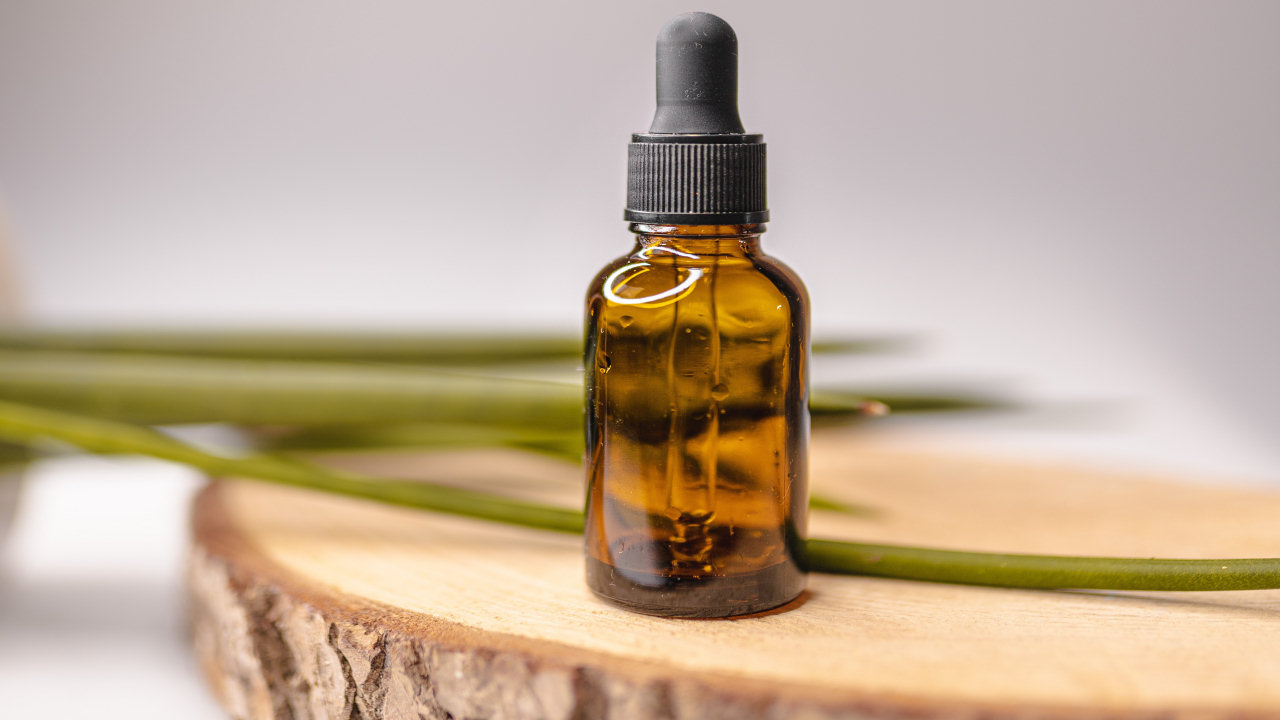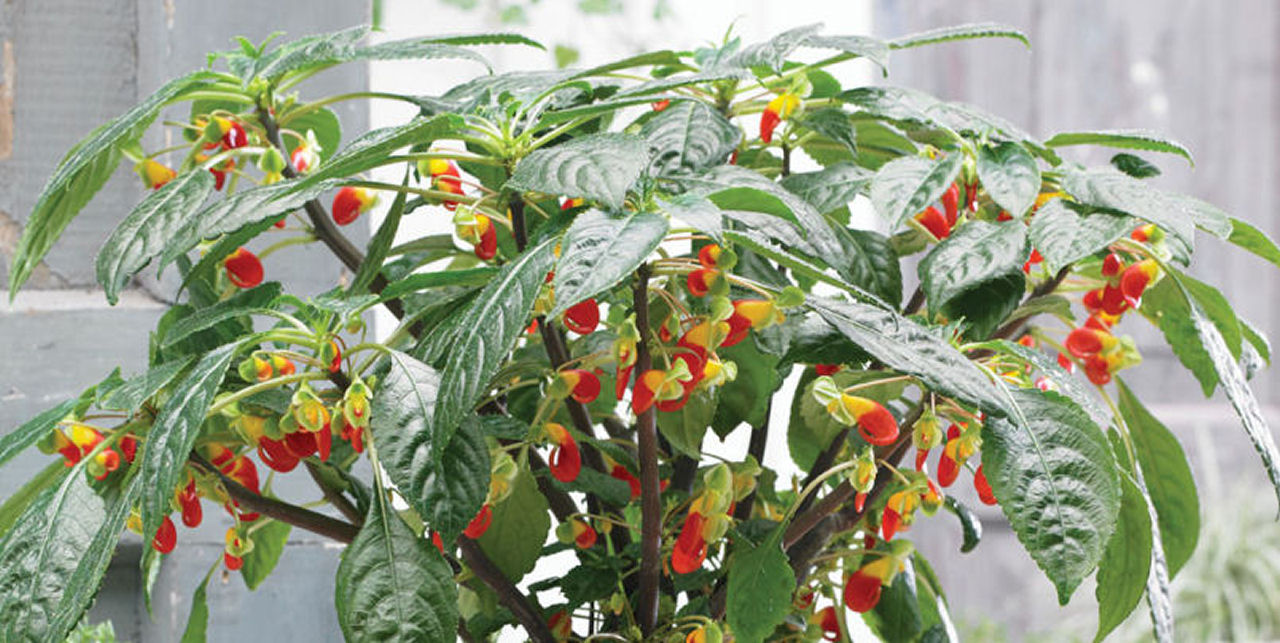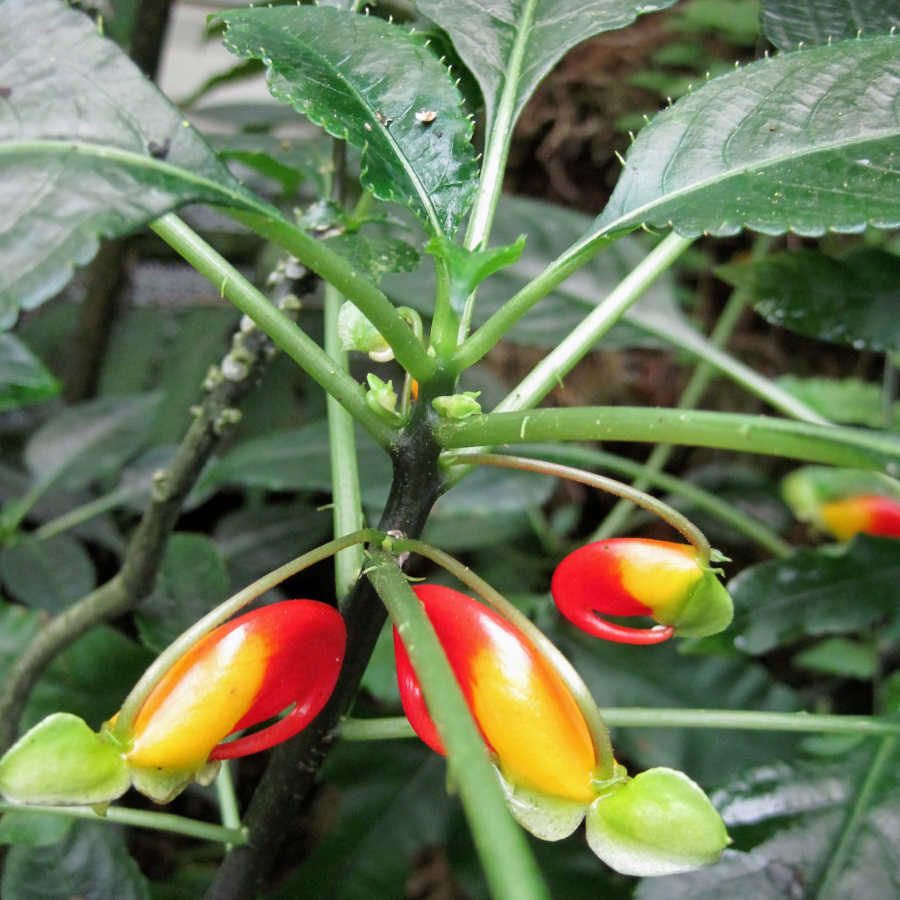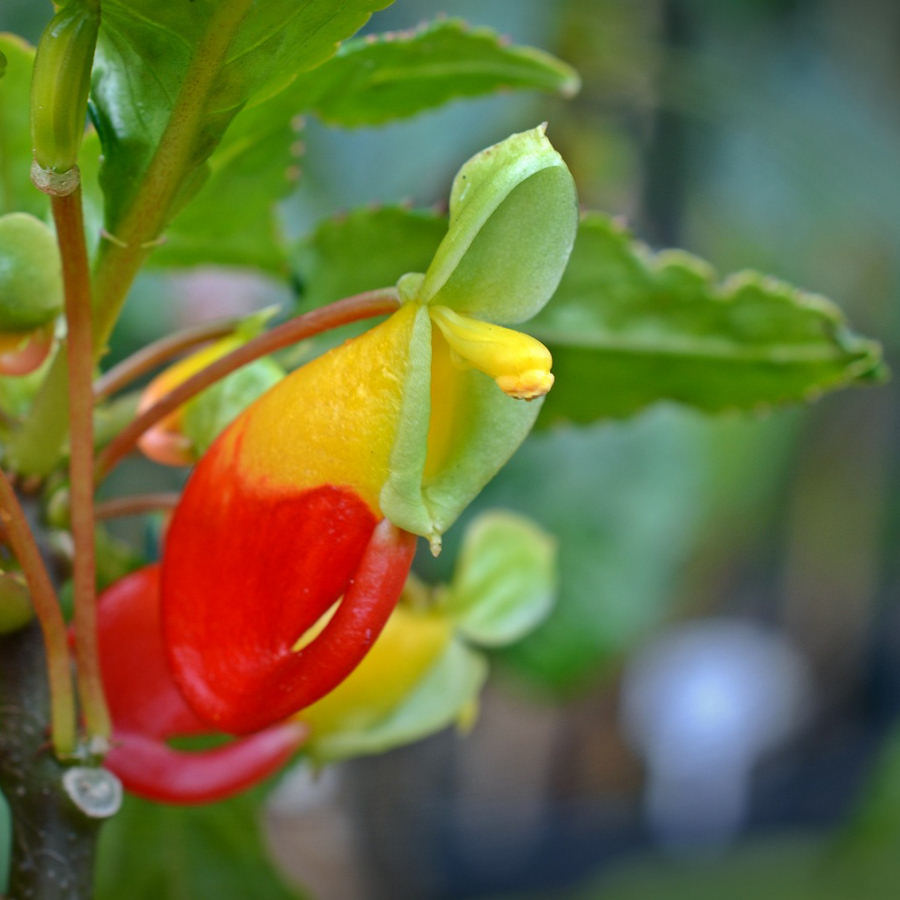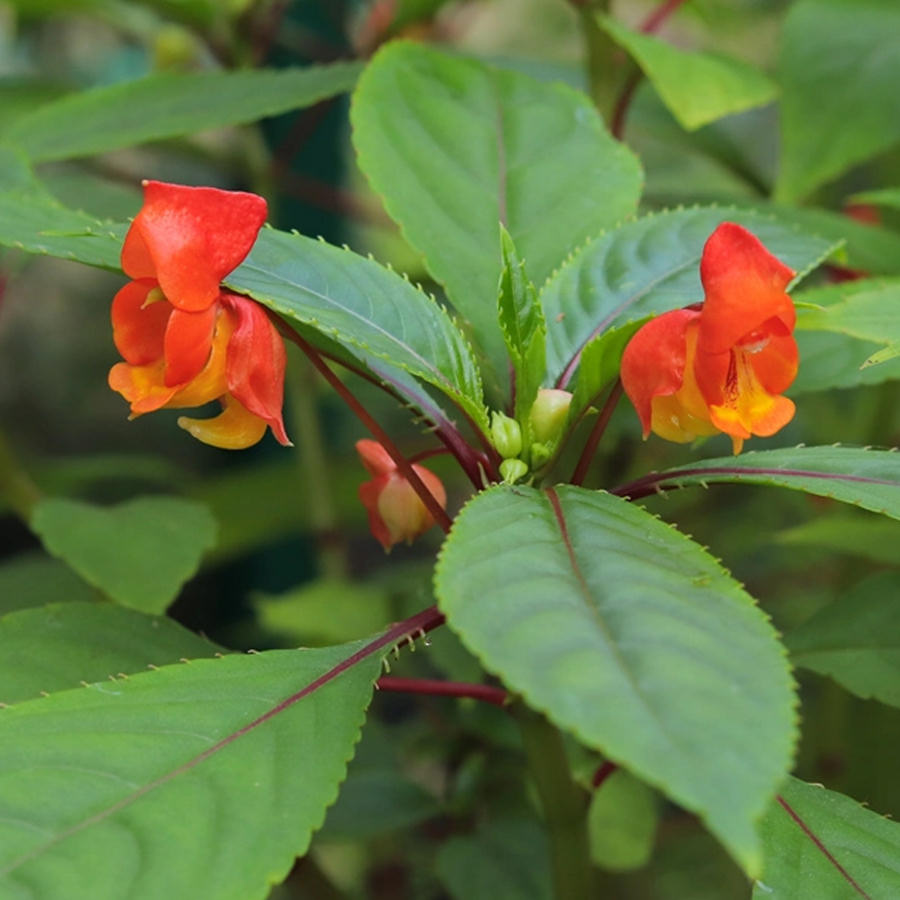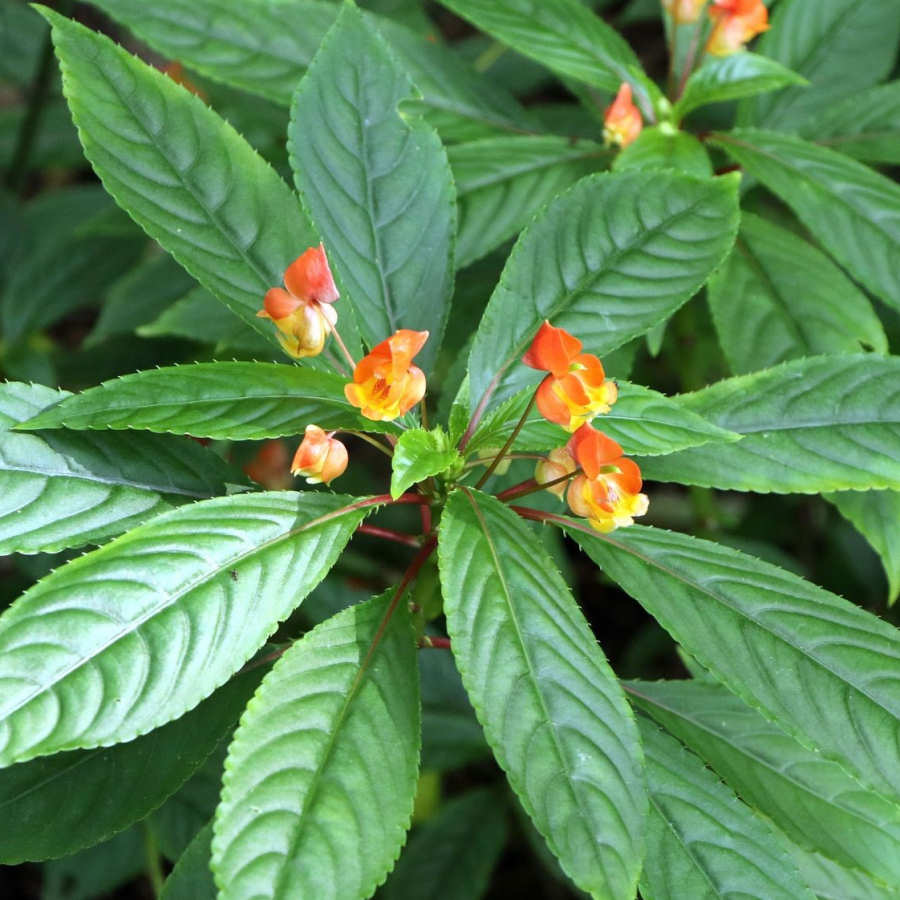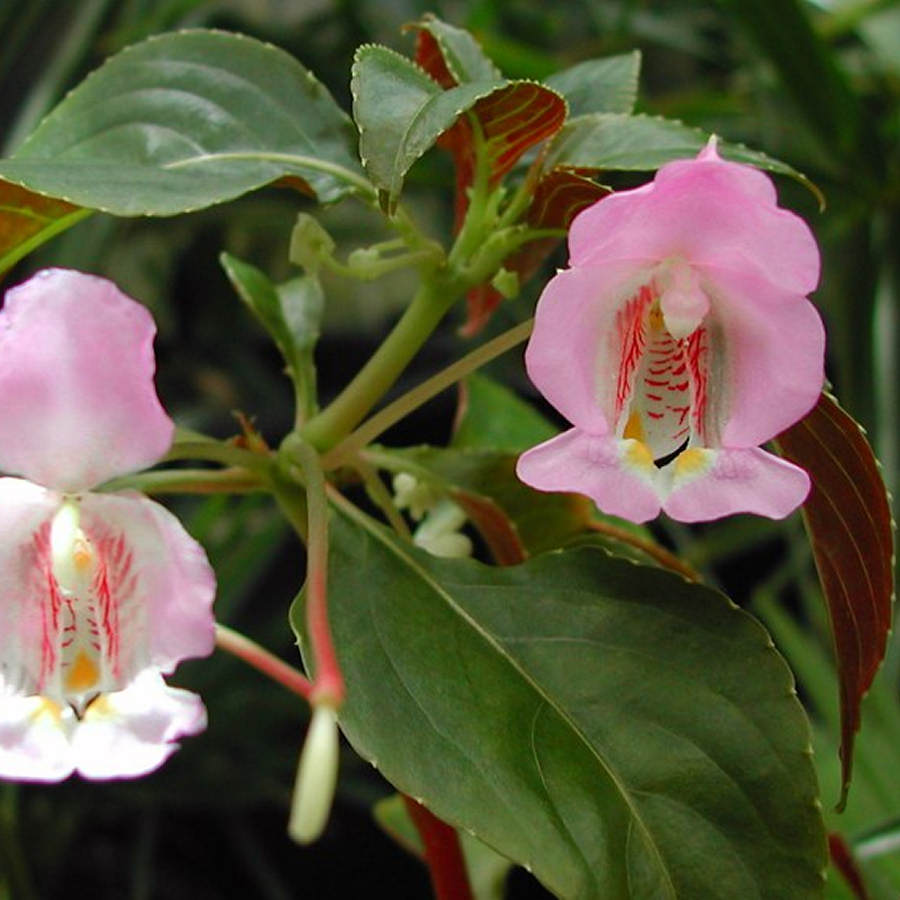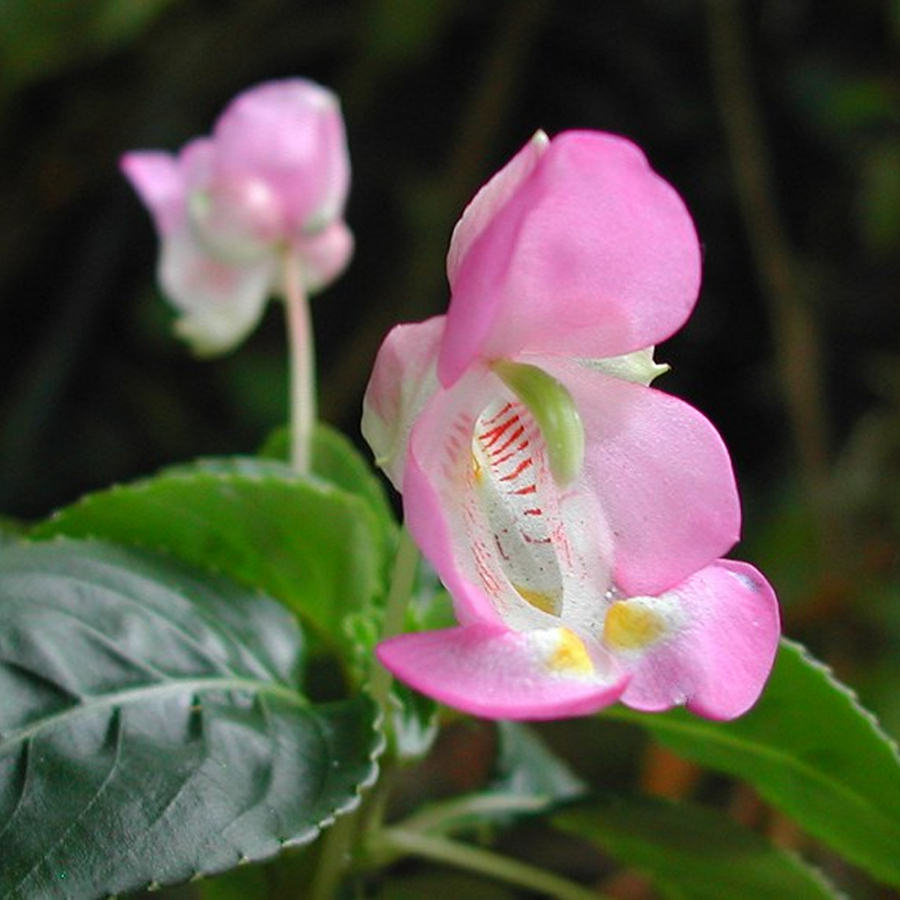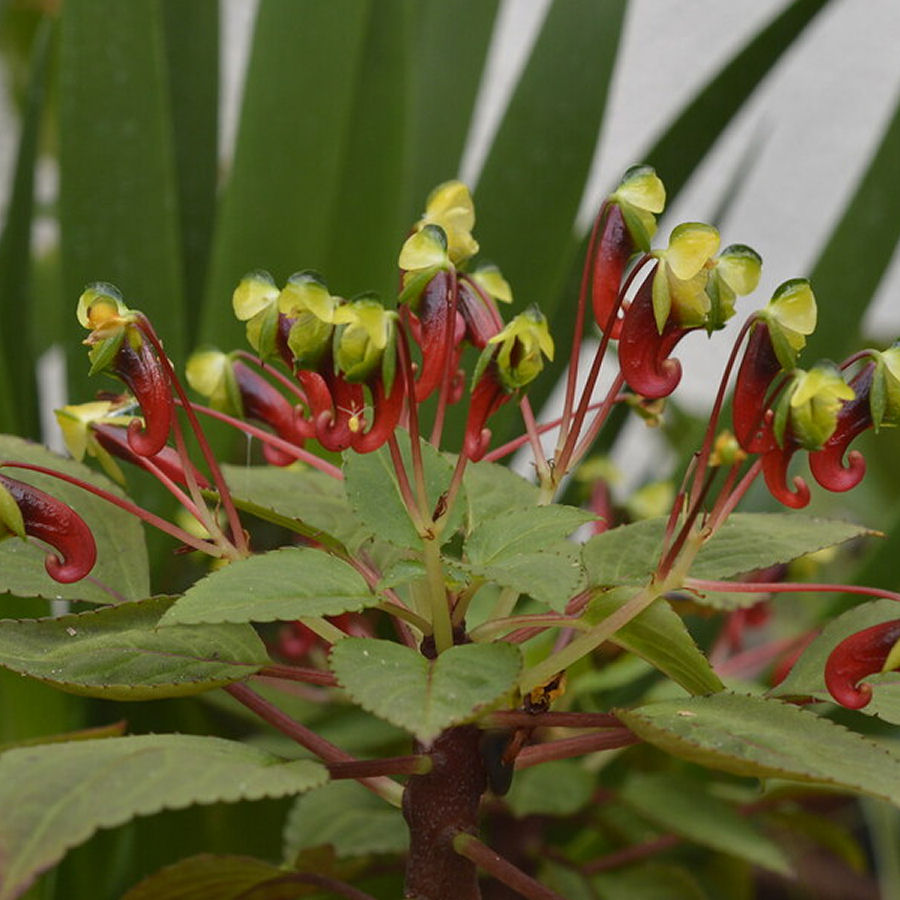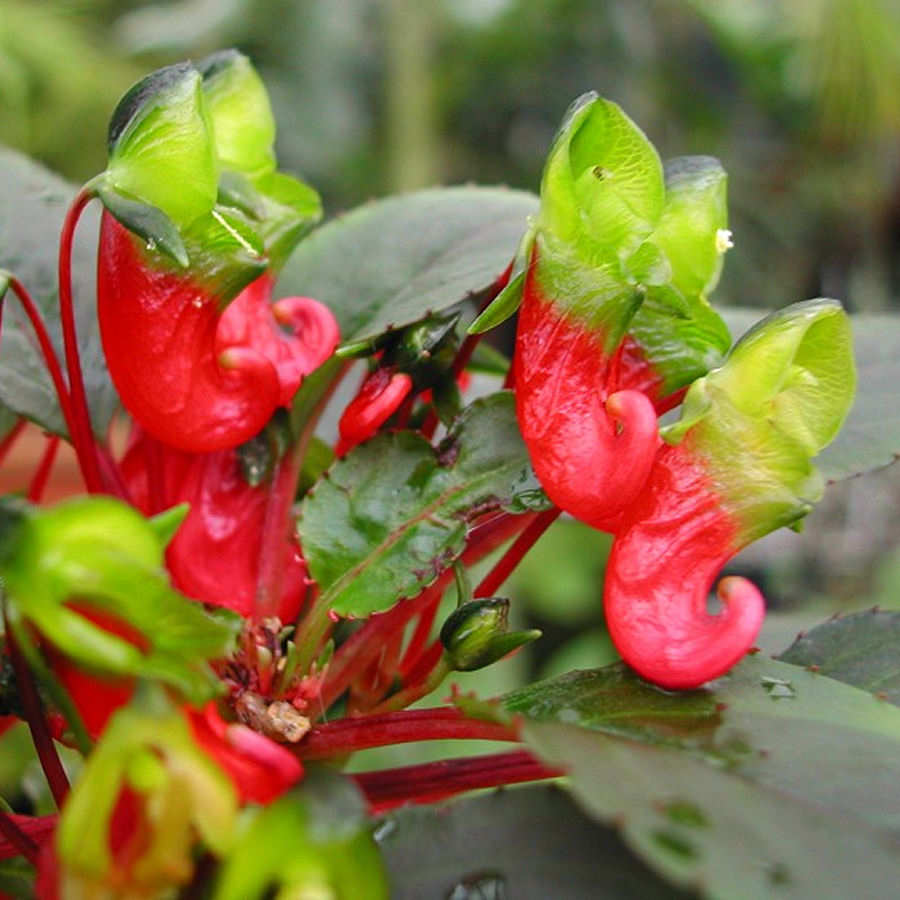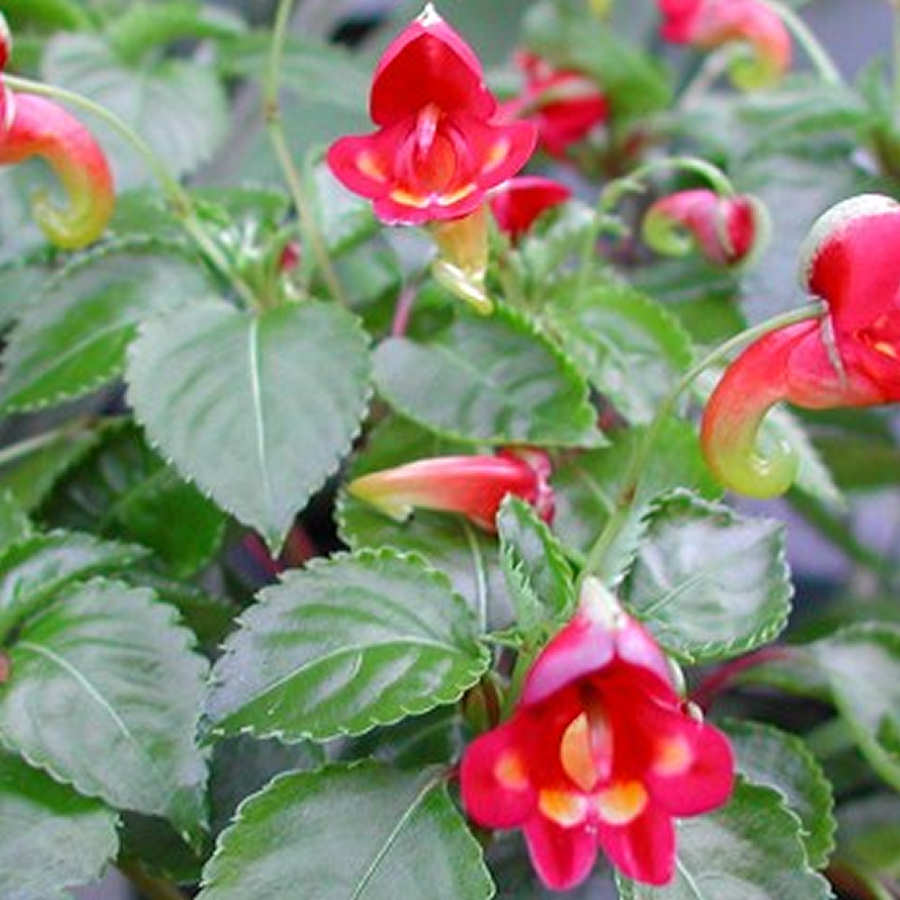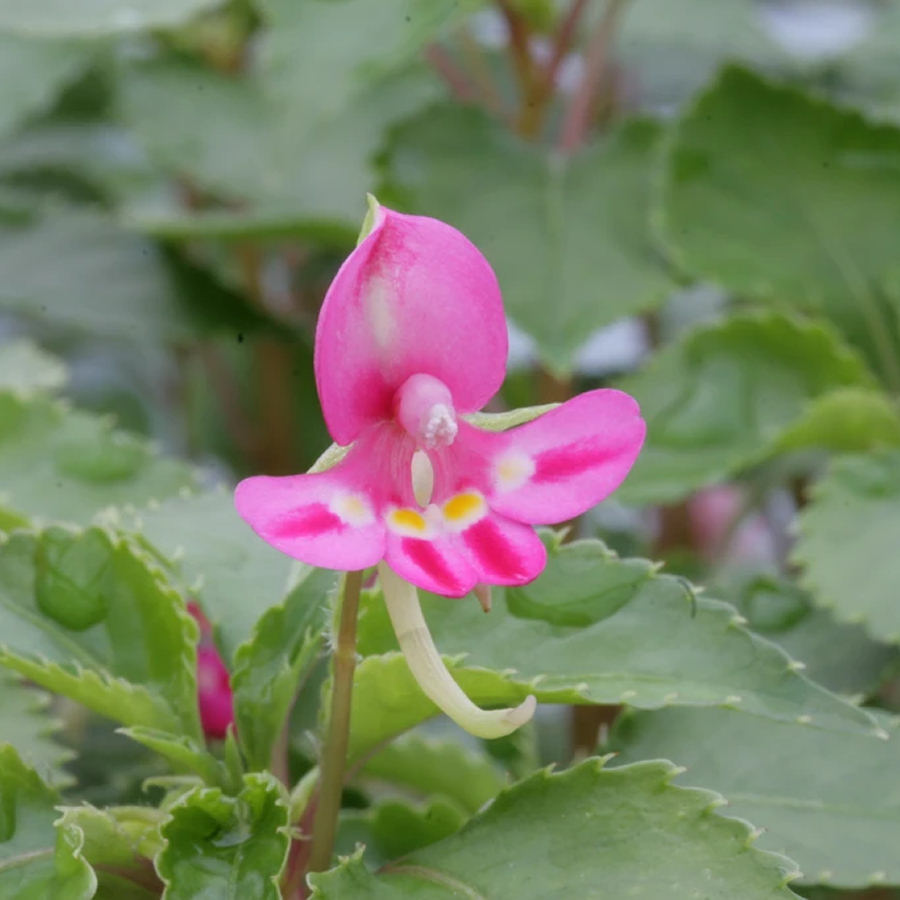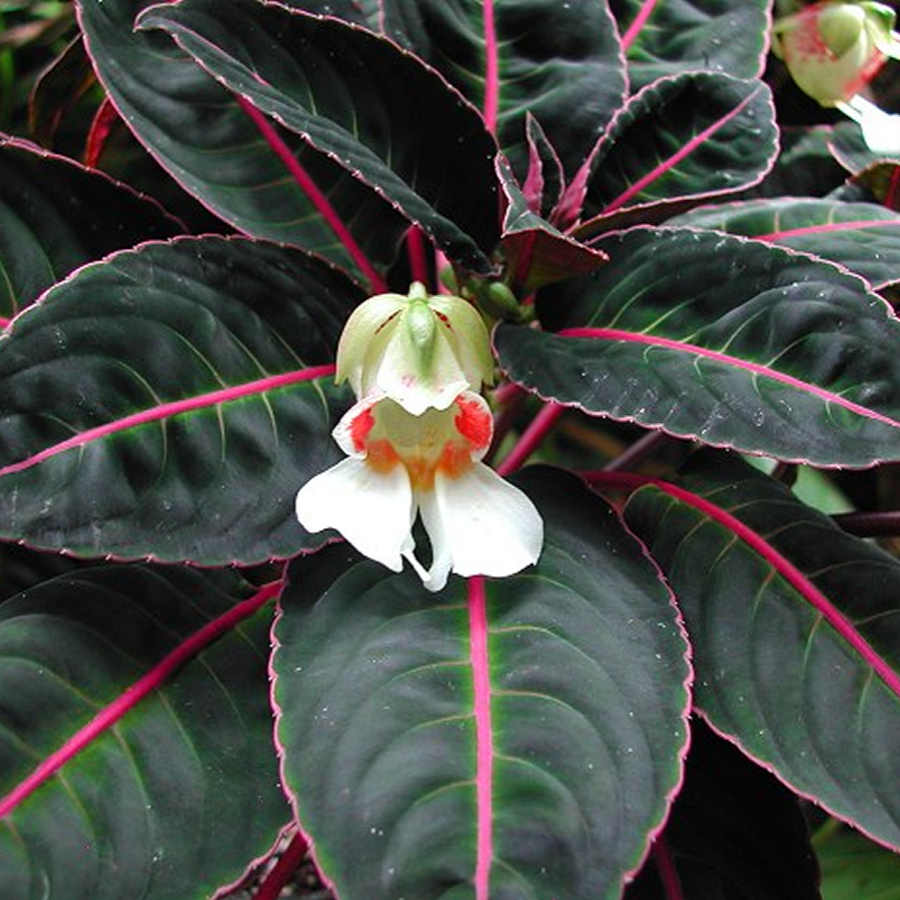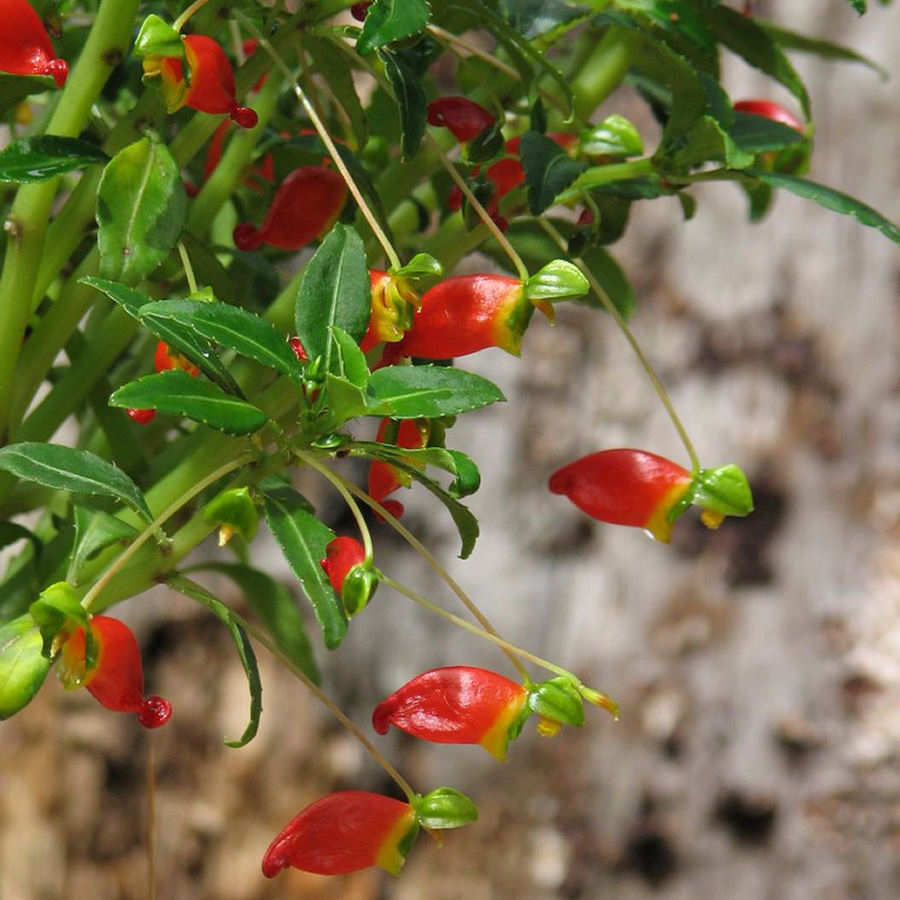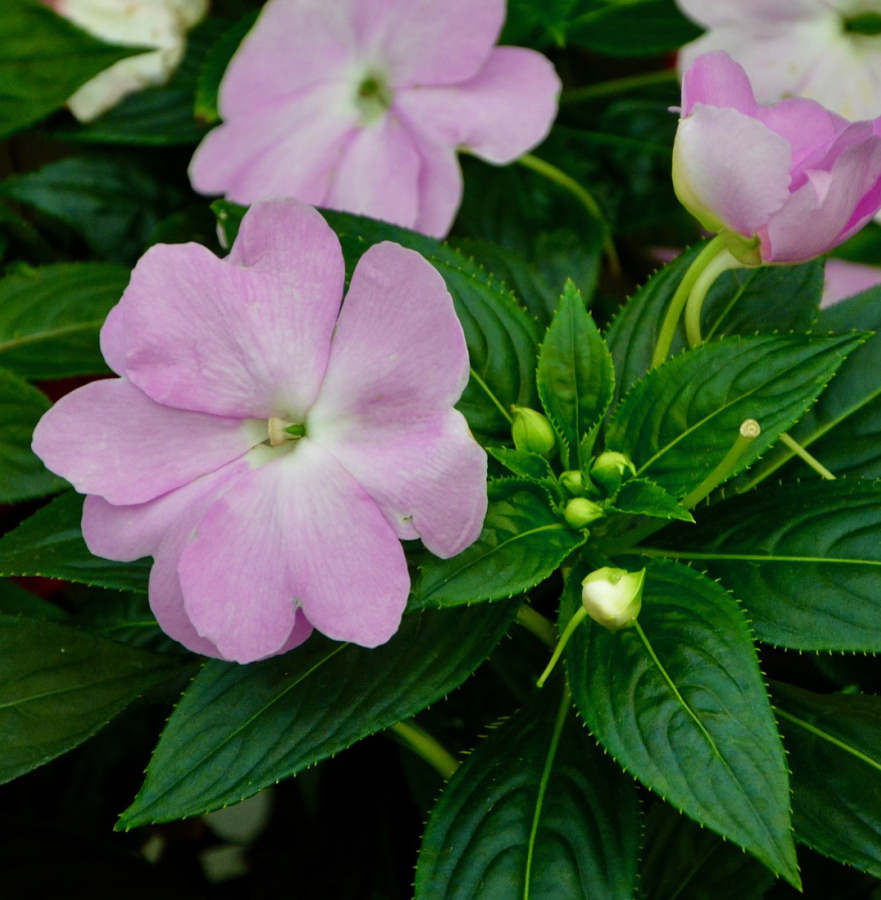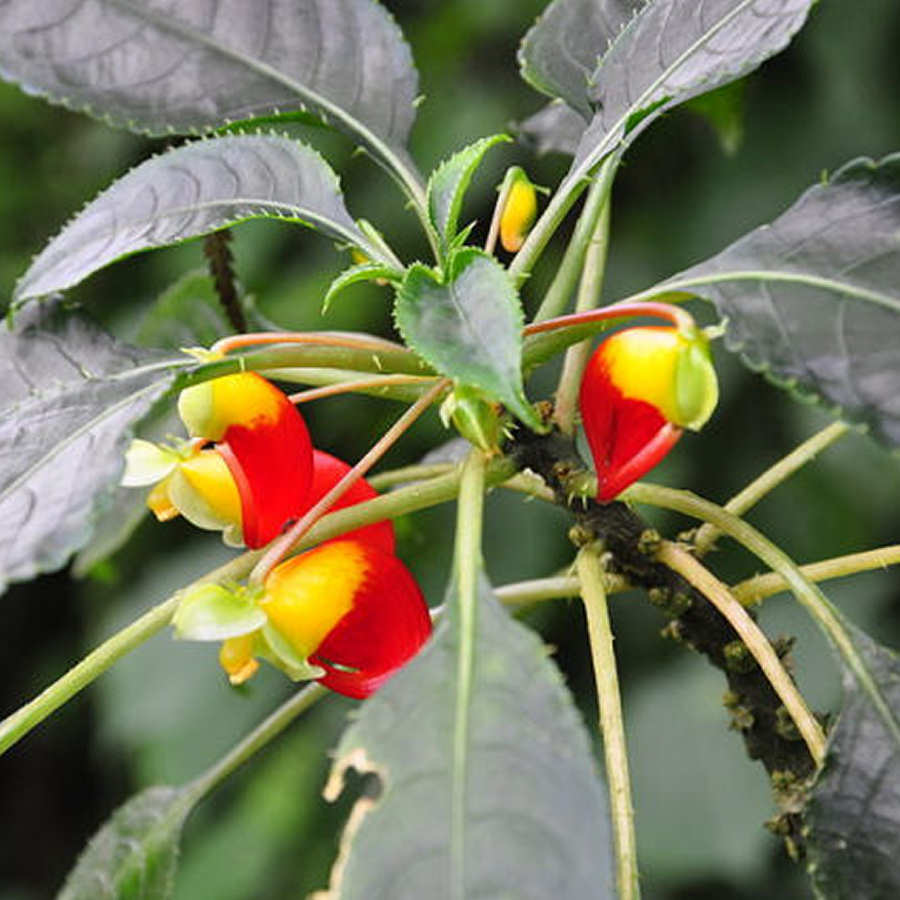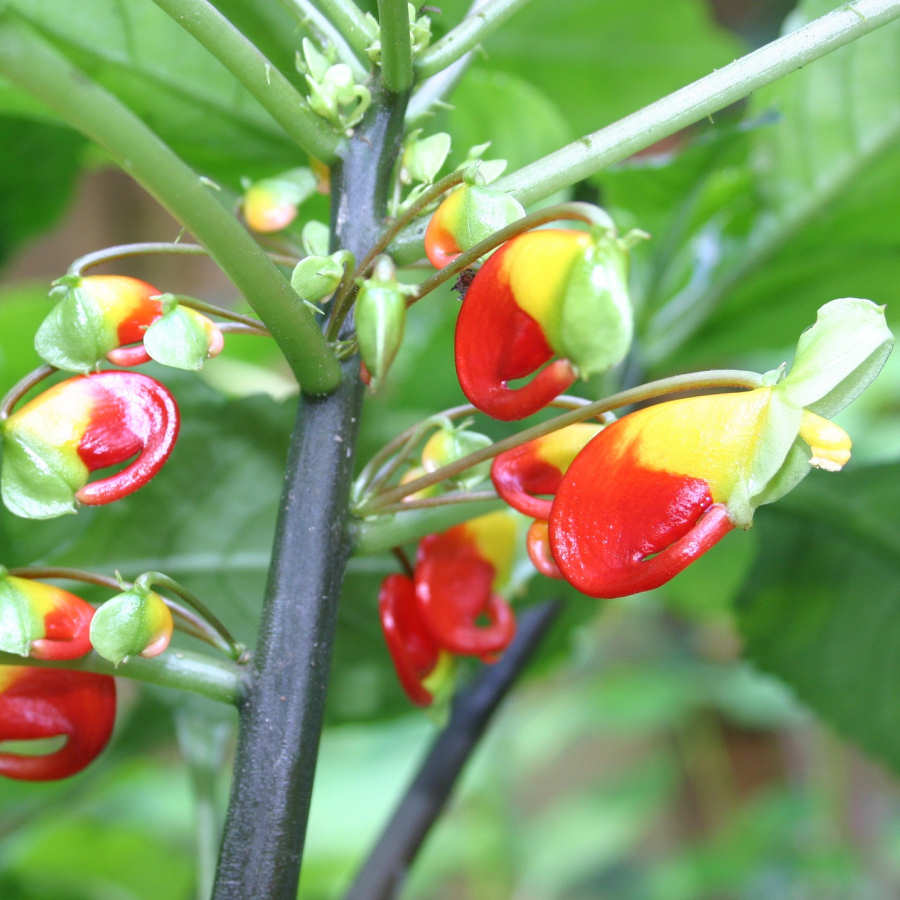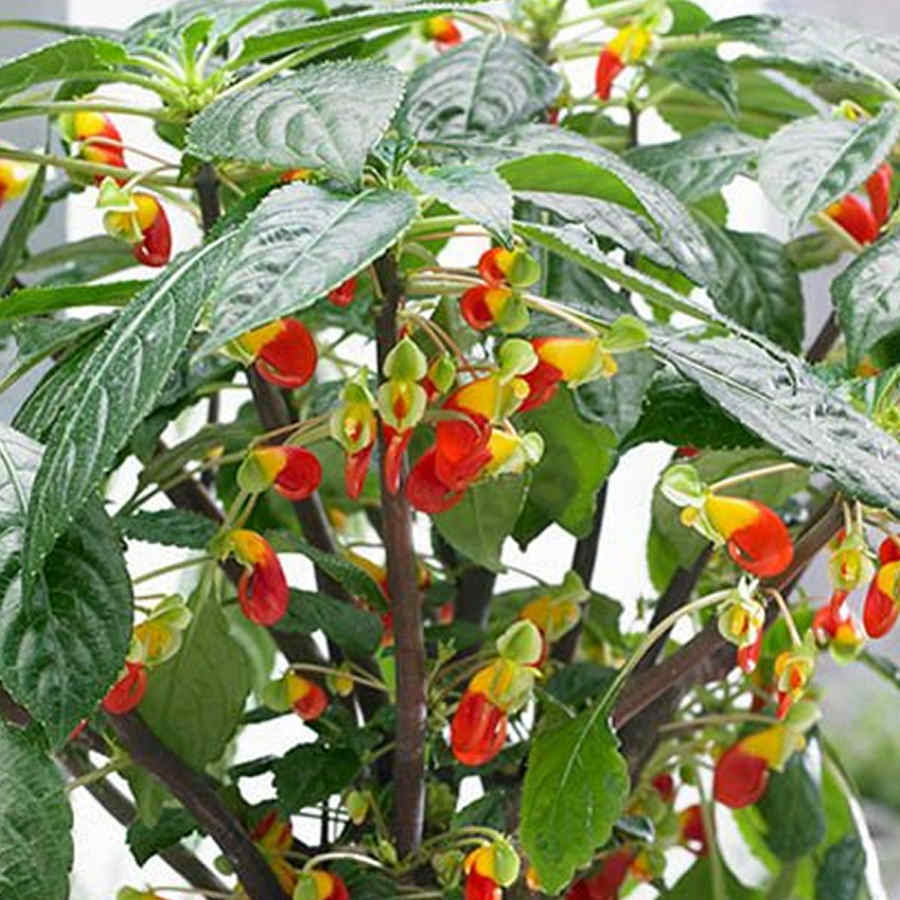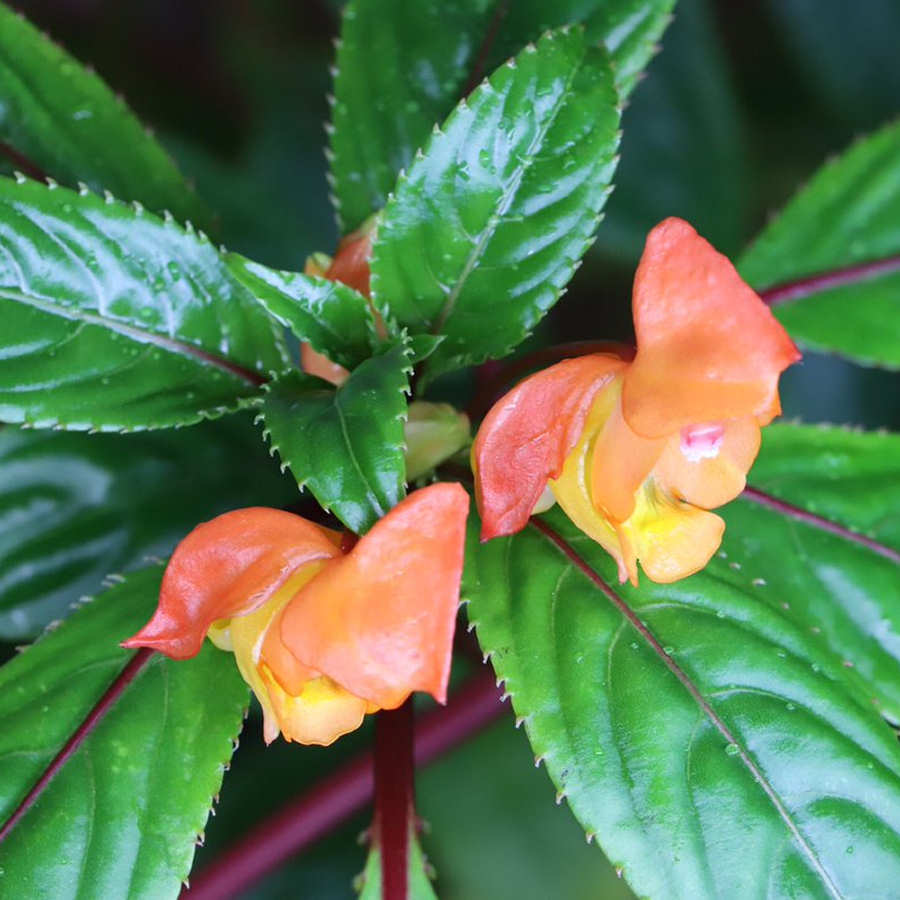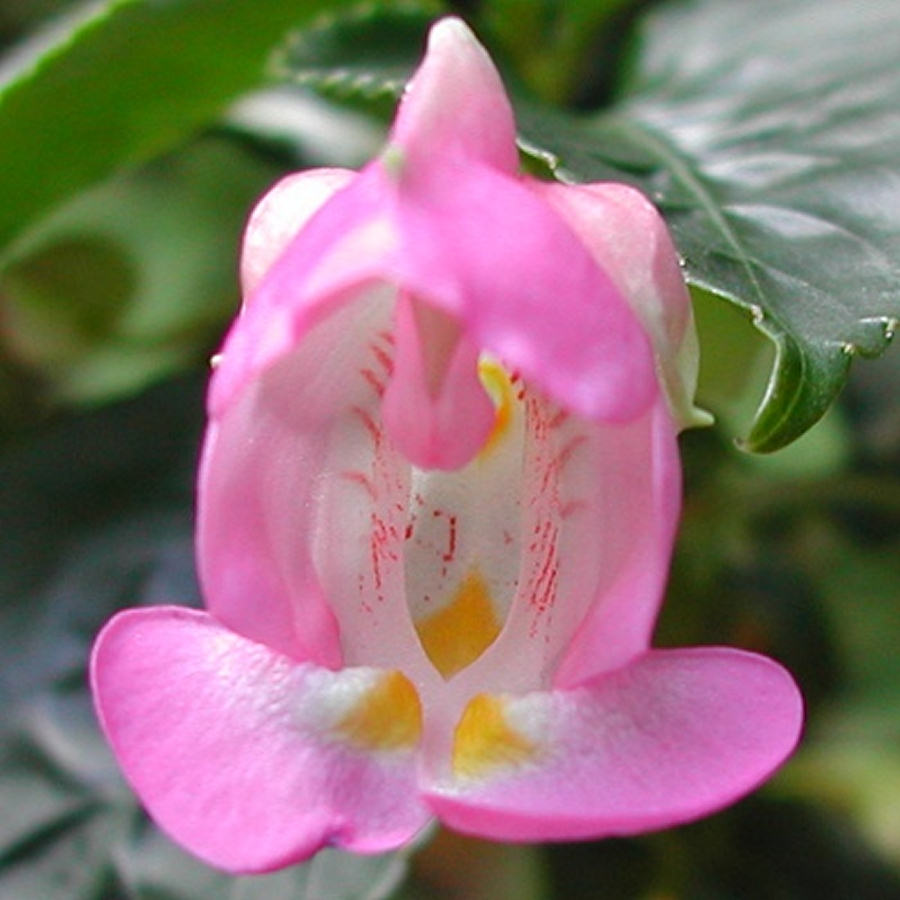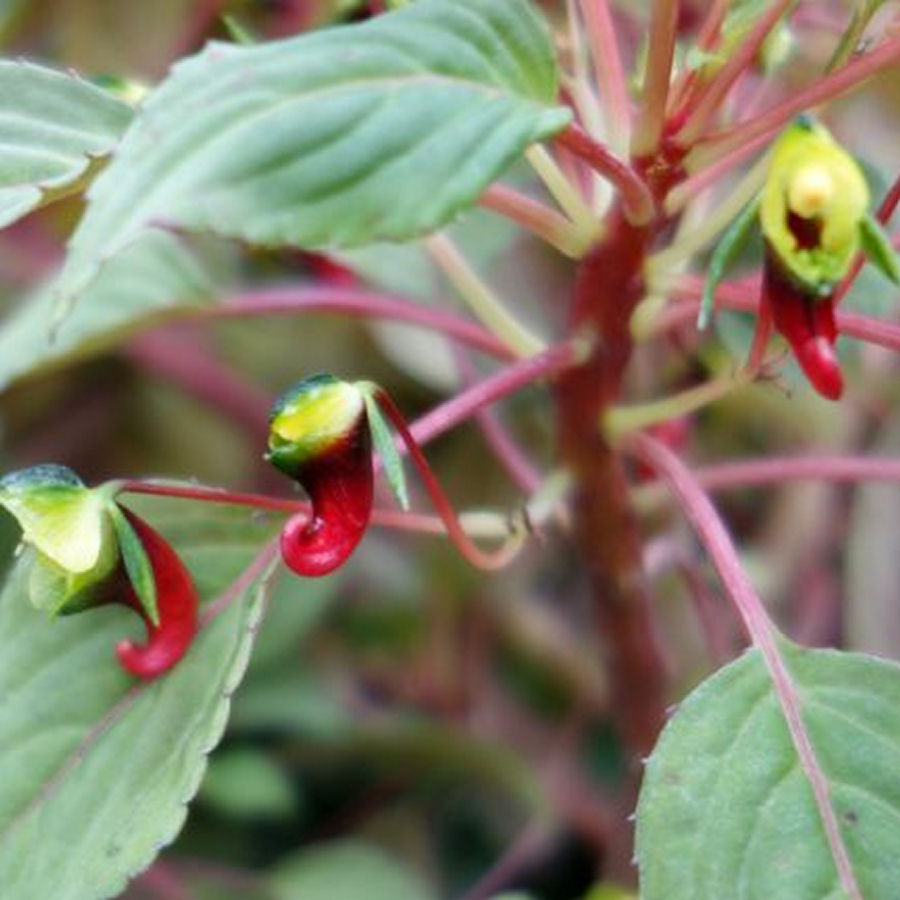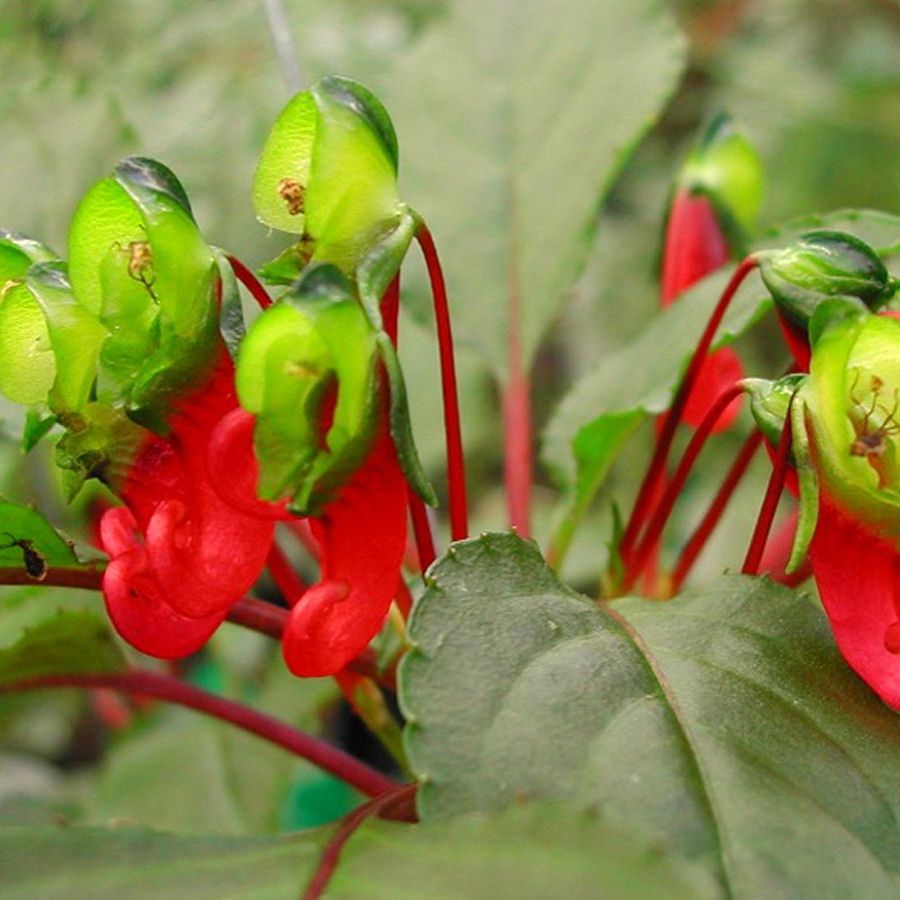IMPATIENS
Niamniamensis
Parrot Plant
£5.99
- Genus: Impatiens
- Species: Niamniamensis
- Size: 2-5" Height
- Product Code: CC-IMPATIENS-01
- Availability: Out of Stock
- The Niamniamensis Parrot Plant also known as The Congo Cockatoo, is native to the Tropics of Africa. Under the right conditions these plants will flower all year round.
IMPATIENS
Auricoma
X Bicaudata Hybrid Plant
£5.99
- Genus: Impatiens
- Species: Auricoma
- Size: 2-5" Height
- Product Code: CC-IMPATIENS-02
- Availability: Out of Stock
- The Impatiens Auricoma x Bicaudata is native to Madagascar. Under the right conditions these plants will flower all year round.
IMPATIENS
Tuberosa
Plant
£5.99
- Genus: Impatiens
- Species: Tuberosa
- Size: 2-5" Height
- Product Code: CC-IMPATIENS-06
- Availability: Out of Stock
- The Impatiens Tuberosa is native to Madagascar. Under the right conditions these plants will flower all year round.
IMPATIENS
Parasitica
Plant
£5.99
- Genus: Impatiens
- Species: Parasitica
- Size: 2-5" Height
- Product Code: CC-IMPATIENS-07
- Availability: Out of Stock
- The Parasitica Plant which has parrot shaped flowers similar to Niamniamensis, but are instead red and green. It is native to India.
IMPATIENS
Kilimanjari
Plant
£5.99
- Genus: Impatiens
- Species: Kilimanjari
- Size: 2-5" Height
- Product Code: CC-IMPATIENS-03
- Availability: Out of Stock
IMPATIENS
Kilimanjari
X Pseudoviola Hybrid Plant
£5.99
- Genus: Impatiens
- Species: Kilimanjari
- Size: 2-5" Height
- Product Code: CC-IMPATIENS-04
- Availability: Out of Stock
IMPATIENS
Velvetea
Morsei Plant
£5.99
- Genus: Impatiens
- Species: Velvetea
- Size: 2-5" Height
- Product Code: CC-IMPATIENS-05
- Availability: Out of Stock
IMPATIENS
Keilii
Plant
£5.99
- Genus: Impatiens
- Species: Keilii
- Size: 2-5" Height
- Product Code: CC-IMPATIENS-08
- Availability: Out of Stock
IMPATIENS
Sodenii
Plant
£5.99
- Genus: Impatiens
- Species: Sodenii
- Size: 2-5" Height
- Product Code: CC-IMPATIENS-09
- Availability: Out of Stock

